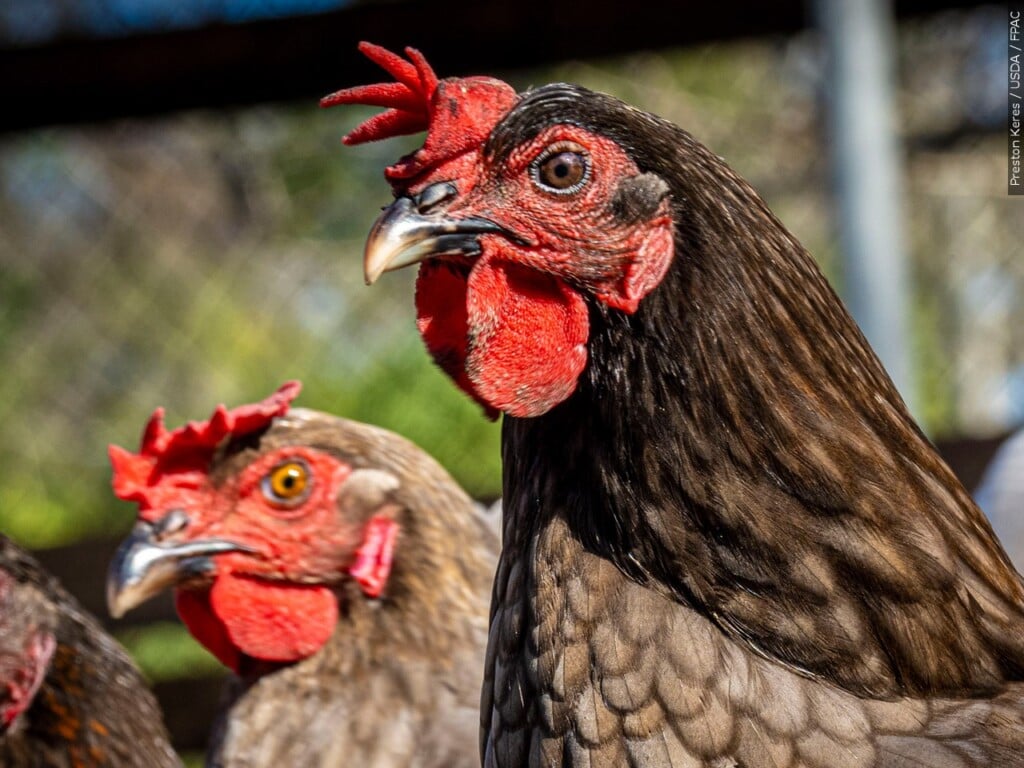A Stinky Problem: Mississippi’s Growing Skunk Population
STARKVILLE, Miss. (WCBI)- Growing skunk populations in Mississippi are causing a stink in the Magnolia state.
Striped and spotted skunks, which are both found in Mississippi, are among the most common and widely distributed mammals in North America. Skunks are solitary and typically nonaggressive, and they have not historically been a serious threat to homeowners, agricultural producers and other wildlife. However, that could change.
Skunk populations are on the rise in most states, including Mississippi. Illinois, for instance, reported a 46 percent increase in skunks over the past five years. This bump in skunk population almost certainly means an increase in human-skunk interactions.
As in most cases of wildlife population change, there are several contributing factors for increasing skunk numbers. First, we are actually seeing a natural cyclical pattern in skunk populations as they rebound from a widespread rabies outbreak nearly 25 years ago.
Second, we are seeing more skunks as humans move into areas once occupied by agricultural or forested land. People provide shelter and food sources for these opportunistic omnivores. There also has been a decrease in predator populations that help naturally control skunk populations.
The first sign of skunks in your area would be the telltale odor that these animals emit. Skunks are in the weasel family, all of which release a musky odor, but none is as pronounced or unmistakable as the skunk’s scent. An especially strong, lingering skunk odor could mean that an animal has taken shelter in or around a building. These animals can sometimes be difficult to locate.
Skunks are not very fast animals, so you may actually see one moving across your property or road. You will most likely find skunks under houses, decks, sheds, cabins and storage buildings. They become more active in the Mississippi area in the spring when they focus on breeding and in the summer when they look for food.
Skunks defend themselves by spraying anything they perceive as a threat. If a skunk has its tail pointed up, this is a warning sign it could spray. Skunks can spray a musky, sulfur-containing chemical 8 to 10 feet in front of or behind themselves. Your best bet is to back away slowly from the animal to avoid being sprayed. The defensive chemical, if ingested or sprayed in the eyes, can cause damage. If you or a pet is sprayed, baking soda and peroxide are the best tools to reduce the odor.
Skunks also can damage your house and property while trying to get into crawl spaces, basements, sheds and other areas. They dig holes in lawns and raid garbage cans while searching for food.
Their powerful scent and property damage are not the only things you have to worry about with skunks. These animals also can carry rabies. Make sure pets are up to date on vaccinations.
After you identify a skunk problem, it’s important to contact a skunk removal expert to discuss your options.





Leave a Reply